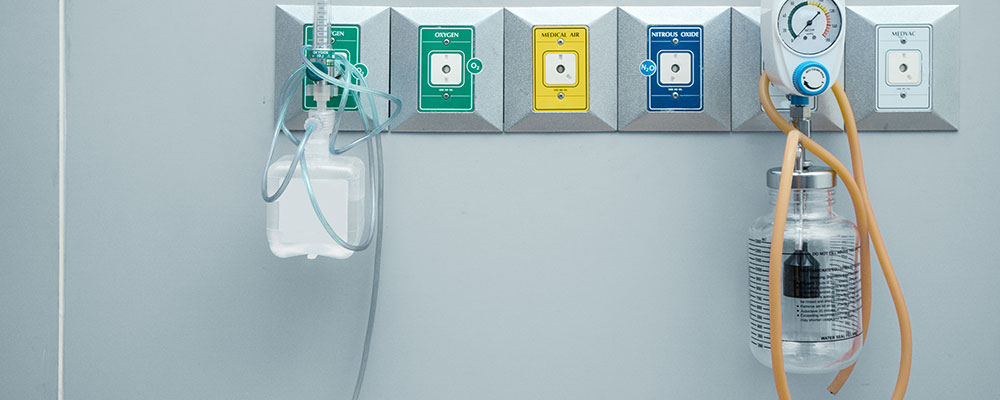Chicago, IL 60601
FREE CONSULTATIONS 312-462-4200
TOLL FREE 833-462-4200
Vacuum Extraction Injury

Help With Birth Injuries After Vacuum Extraction - Illinois Medical Negligence Attorney
A wide variety of complications can occur during labor and delivery, and medical personnel may need to take measures to ensure that a child is born safely. In some cases, assisted delivery may be necessary, and tools such as vacuum extractors may be used to help move a child through the birth canal.
What Is a Vacuum Extractor?
In births involving prolonged labor, the mother may have difficulty pushing the child through the birth canal. This may occur because of exhaustion or because of maternal health issues, such as a heart condition or high blood pressure (preeclampsia). In these cases, or if a doctor determines that a child is experiencing fetal distress and needs to be delivered immediately to prevent harm from asphyxia, a vacuum extractor may be used to assist in the delivery.
A vacuum extractor consists of a suction cup that is attached to the infant's head and a pump used to create suction. After the extractor is attached, the doctor may apply force while the mother is pushing, guiding the child through the birth canal until the head is delivered.
Vacuum extractors should only be used in certain situations. They should not be used before 34 weeks of pregnancy, if the child's head is too large to fit through the mother's pelvis (known as cephalopelvic disproportion), if the cervix is not fully dilated, or if the child's head is not at least halfway through the birth canal. If delivery is unsuccessful after using a vacuum extractor for 20 minutes, a Cesarean delivery may be necessary. If a vacuum fails more than once after being applied (known as a "pop-off"), other delivery options should be considered.
Vacuum Extraction Injuries
A child may be injured during vacuum-extractor-assisted birth for a variety of reasons, including:
- Improper placement - The suction cup should be placed on the top and back of the baby's head, with the center of the cup being about three centimeters to the rear of the fontanel. If the extractor is not placed properly, the suction can cause hemorrhaging of blood in or around the brain, leading to brain injuries.
- Excessive suction - If too much suction is used, this may pull on the scalp without moving the child's head through the birth canal. This can lead to subgaleal hematoma, in which blood accumulates under the scalp. This loss of blood can be life-threatening for an infant and cause permanent brain damage.
- Excessive force - If the doctor pulls too hard on the baby's head during delivery, this can result in skull fractures, which may cause conditions such as cystic encephalomalacia or hypoxic ischemic encephalopathy (HIE). Improper force applied to the neck and shoulders can result in brachial plexus injuries and conditions such as Erb's Palsy.
Improper use of a vacuum extractor can lead to life-threatening injuries for a child. Damage to the brain can result in intellectual disabilities or developmental disorders such as Cerebral Palsy. Nerve damage, including injuries to the spinal cord, is often permanent and irreversible, and it can result in life-long disability. In addition to causing injury to the child, use of a vacuum extractor may also result in maternal injuries, including tears in vaginal tissue that lead to post-partum hemorrhaging or urinary or fecal incontinence.
Injuries that occur when a vacuum extractor is used during delivery are often preventable. If you or your child have suffered an injury during pregnancy, labor, or delivery, the Birth Injury Law Alliance can help you determine whether medical negligence occurred. We offer free consultations and case evaluations, and we can help you understand your options for receiving the financial assistance that will ensure that your family can receive the medical care and treatment you need. Contact our office by calling 312-462-4200.





